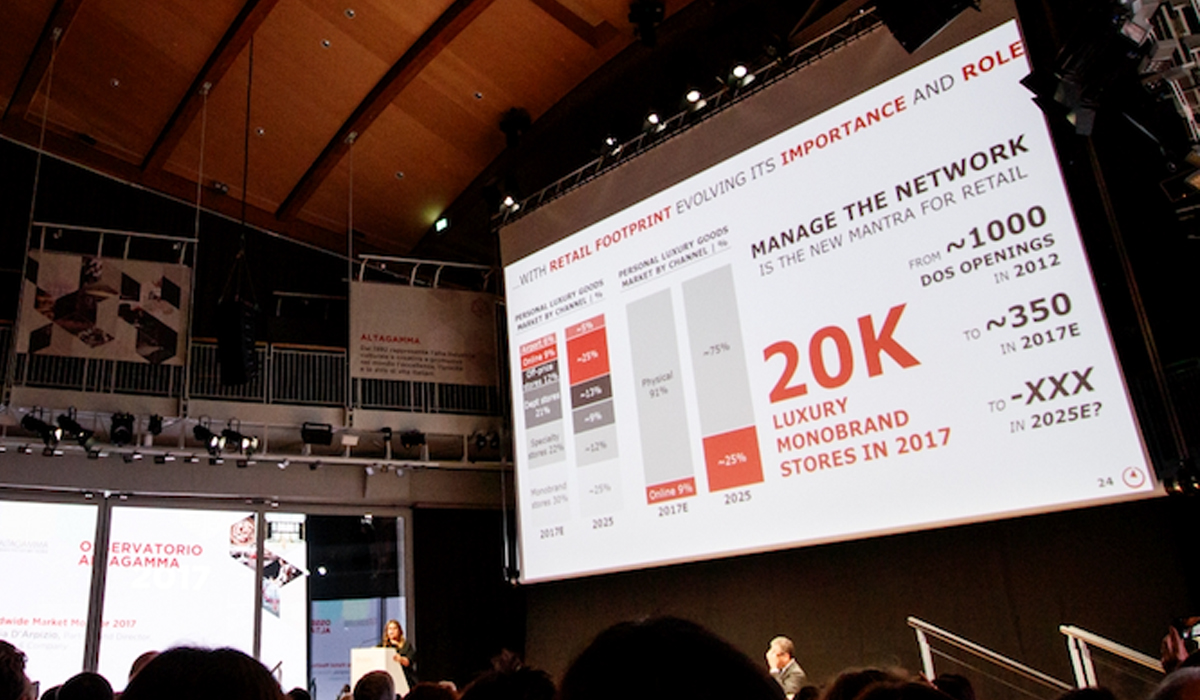The Rise of Luxe
Waiting for the 2018 edition of the Altagamma Observatory that will take place in Milan next Thursday 15 November, we speak about the last update , with a focus on consumers, channels and geographical markets
Consumer habits are changing and luxury is preparing to grow with forecasts predicting 276-281 billion Euros on a global scale. This is what emerged from the periodical update of MonitorAltagamma studies, carried out in collaboration with Bain & Company, and Altagamma Consensus 2018, and processed with the contribution of leading specialized international analysts. A growth, calculated to be between 6 and 8% at constant exchange rates, which is being led by highly topical themes. And while China is destined to be the most important market with a forecasted double-figure increase, it is the digital world that is set to make the difference through three channels: social media, e-commerce and the so-called Millennial state of Mind. And while this context also foresees a growth in marginality, with an Ebitda that could be 10% higher than that of 2017 by the end of the year, the products on which to place bets are accessories and jewelry, forecasted to grow by 7%. «The luxury, jewelry and watch world has been a little reluctant to change, but now it is finally ready to inaugurate new strategies that take digital into account,» explained Armando Branchini, Vice President of Altagamma. «Until now, companies in the hard luxury segment, with the exception of Tiffany, Piaget and Cartier, have focused on traditional retail, the concept of wholesale and dealers. Now, with the birth of specific containers, the opportunities for taking the plunge into the digital dimension with a view to omni-channeling, has been created. And that's not all. Through corporate sites, companies can not only provide specific story-telling, they can also guarantee product authenticity, an extremely delicate topic that can raise the final receipt considerably.» On the other hand, the increase in the number of e-shoppers worldwide seems to be unstoppable. In 2016, 1.66 billion people bought on-line, almost two billion in 2018 and this number is expected to rise to 2.5 billion by 2022, with the consequent progression in sales, which this year will be greater than 2,800 billion dollars (+23%) and, by 2021, will reach 4,878 billion. To be precise, China is currently the number one country in terms of volume with about 700 billion dollars registered in 2017. Next comes the USA with 438 billion followed by the UK with 196.3 billion.


